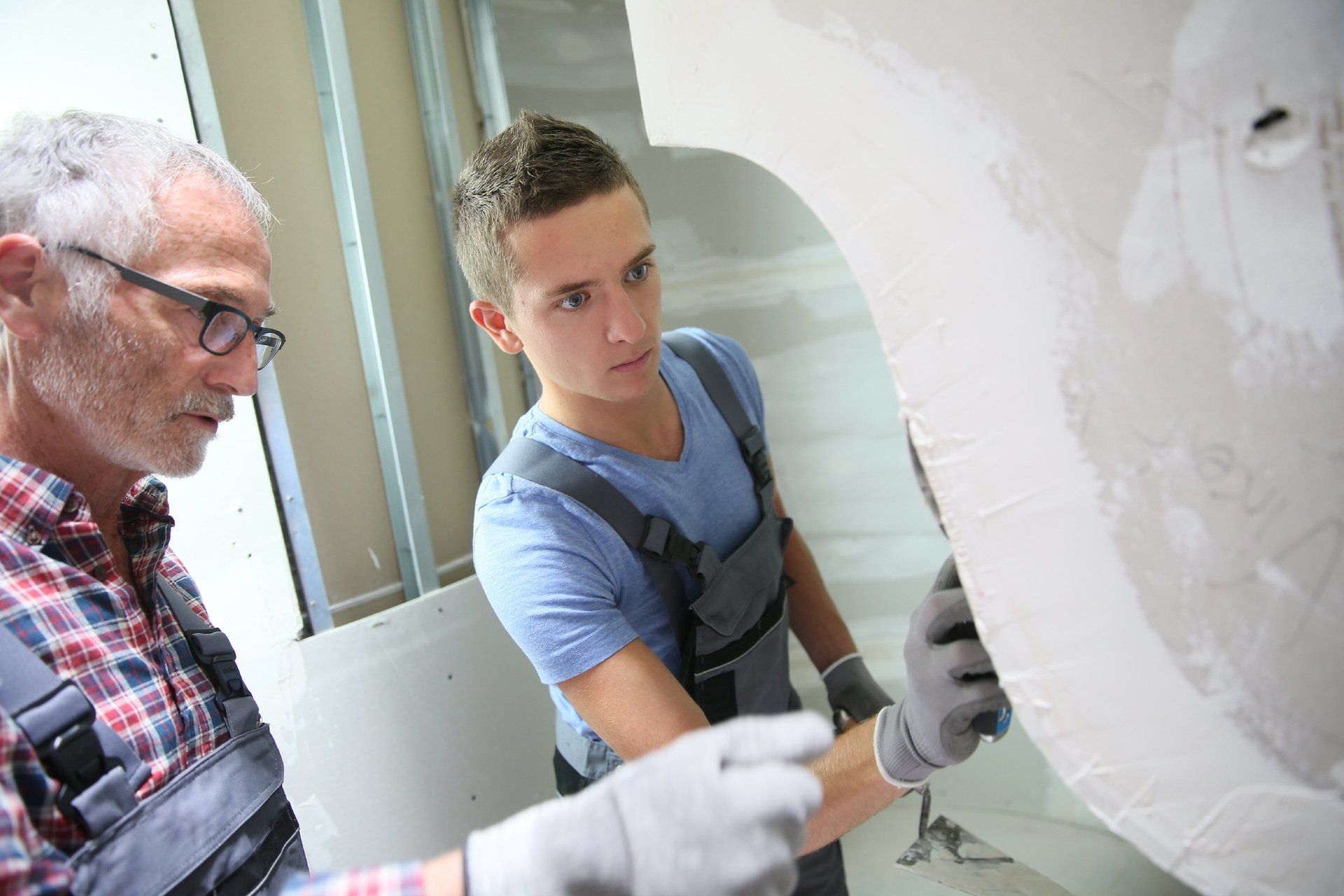Chrysotile, also known as white asbestos, is the most common type of asbestos and accounts for 95% of the asbestos used in the UK. It is a soft, white mineral that can be spun into fibres. It is commonly found in products such as asbestos cement, floor tiles, and insulation.
What Does Asbestos Look Like? A Comprehensive Guide to Identifying This Dangerous Material
Asbestos is a naturally occurring mineral that was once widely used in construction materials

Asbestos is a mineral that was once widely used in construction and industry due to its heat resistance and durability. However, it was later discovered that asbestos exposure can cause serious health problems, including lung cancer and mesothelioma. Asbestos should be identified and removed from homes and workplaces to prevent exposure. In this comprehensive guide, we will discuss what asbestos looks like, where it is commonly found, how to test and remove it, and UK regulations and laws regarding asbestos.
Introduction to Asbestos
Asbestos is a fibrous mineral that occurs naturally in the environment. It was once commonly used in construction, insulation, and other industries due to its heat resistance and durability. However, it was later discovered that asbestos exposure can cause serious health problems, including lung cancer and mesothelioma. Asbestos is made up of six different minerals, including chrysotile, amosite, crocidolite, tremolite, actinolite, and anthophyllite.
What Does Asbestos Look Like?
Asbestos fibres are microscopic, so it is impossible to identify asbestos simply by looking at it. However, asbestos minerals have distinct visual characteristics that can help identify them. It is important to note that not all materials containing asbestos are dangerous, and the risk of exposure depends on the condition of the material and the amount of asbestos present.
Chrysotile (White Asbestos)
Amosite (Brown Asbestos)
Crocidolite (Blue Asbestos)
Tremolite
Tremolite is a white or grey mineral that is found in talc and vermiculite products. It is also found in some insulation materials.
Actinolite
Actinolite is a green or black mineral that is found in some types of insulation materials.
Anthophyllite
Anthophyllite is a grey or green mineral that is found in some types of insulation materials.
Where is Asbestos Commonly Found?
Asbestos was widely used in construction and industry until November 1999. It can be found in many different materials, including:
Asbestos Floor Tiles
Asbestos Cement
Asbestos Insulating Board
Asbestos Insulation
Asbestos Roofing
Asbestos Testing and Removal
If you suspect that your home or workplace contains asbestos, you should have it tested by a professional. Asbestos testing involves taking a sample of the material and analysing it under a microscope to determine if it contains asbestos. If asbestos is present and poses an imminent, it should be removed by a licensed asbestos removal contractor.
Asbestos removal involves sealing off the area and using specialised tools and safety equipment to remove the asbestos safely. The asbestos is then disposed of in a special landfill site.
UK Regulations and Laws Regarding Asbestos
In the UK, there are strict regulations regarding asbestos. The Control of Asbestos Regulations 2012 requires anyone who may come into contact with asbestos to have appropriate training and equipment. Employers are also required to identify and manage any asbestos present in the workplace.
How to Protect Yourself from Asbestos Exposure
To protect yourself from asbestos exposure, you should avoid disturbing any materials that may contain asbestos. If you need to work in an environment where asbestos is present, you should speak with a professional asbestos consultant first to ensure you can undertake your work safely, without disturbing the deadly material. If you can't, you will need the help of a licensed asbestos contractor.
Conclusion and Final Thoughts
Asbestos is a dangerous material that can cause serious health problems. It is important to be able to identify asbestos and have it removed by a licensed professional. If you suspect that your home or workplace contains asbestos, you should have it tested and removed as soon as possible. By following proper safety procedures, you can protect yourself and others from asbestos exposure.
If you suspect that your home or workplace contains asbestos, don't try to remove it yourself. Contact our friendly team today and let us guide you through the process ensuring your safety every step of the way.

















